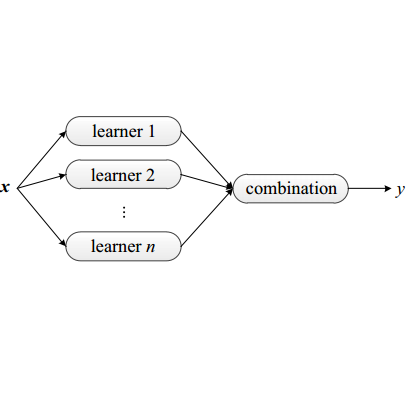Malaria is a potentially fatal plasmodium parasite injected by female anopheles mosquitoes that infect red blood cells and millions worldwide yearly. However, specialists' manual screening in clinical practice is laborious and prone to error. Therefore, a novel Deep Boosted and Ensemble Learning (DBEL) framework, comprising the stacking of new Boosted-BR-STM convolutional neural networks (CNN) and ensemble classifiers, is developed to screen malaria parasite images. The proposed STM-SB-BRNet is based on a new dilated-convolutional block-based split transform merge (STM) and feature-map Squeezing-Boosting (SB) ideas. Moreover, the new STM block uses regional and boundary operations to learn the malaria parasite's homogeneity, heterogeneity, and boundary with patterns. Furthermore, the diverse boosted channels are attained by employing Transfer Learning-based new feature-map SB in STM blocks at the abstract, medium, and conclusion levels to learn minute intensity and texture variation of the parasitic pattern. The proposed DBEL framework implicates the stacking of prominent and diverse boosted channels and provides the generated discriminative features of the developed Boosted-BR-STM to the ensemble of ML classifiers. The proposed framework improves the discrimination ability and generalization of ensemble learning. Moreover, the deep feature spaces of the developed Boosted-BR-STM and customized CNNs are fed into ML classifiers for comparative analysis. The proposed DBEL framework outperforms the existing techniques on the NIH malaria dataset that are enhanced using discrete wavelet transform to enrich feature space. The proposed DBEL framework achieved accuracy (98.50%), sensitivity (0.9920), F-score (0.9850), and AUC (0.997), which suggest it to be utilized for malaria parasite screening.
翻译:疟疾是一种可能致命的寄生虫,由女性肛门蚊子注射,每年感染红血球和全世界数百万人。然而,专家在临床实践中的人工人工筛选是困难的,容易出错。因此,新的深潜推动和集合学习(DBEL)框架,包括堆积新的推力-BR-STM神经变异网络(CNN)和混合分类器,用来筛选疟疾寄生虫图像。拟议的STM-SB-BRNet基于一个新的变异式STM-SBB框架,基于新的变异式组合组合变异(STM)和地平流变异(STM)想法筛选),基于深度变异式变异性变异(SML-S)概念。此外,新的STM块利用区域和边界操作来了解疟疾寄生虫的同质性、异性变异性、异性变异性神经变异性变异性变变变(MBLML) 数据框架,由基于转移变异的变异性变异性变异性变异性变变变异(MBLMLML IM) 数据框架,用于现有的变异性变性变变变变现和变异性变性变变变变变变变变变变变变变的变变变变变变变变变变变变变变现,用于 IM IMMLMLMLMDFDFDFMF 数据,用于 IMFDFDFF 数据 数据框架,用于,用于制的变制的变制制制制的变现变制的变制的变式 变式 变式 变式 变制 变制的变制的变式 变制制的变制的变制的变制的变制的变式 变制的变制的变制的变式的变制的变式的变制的变式 变式 变式的变式的变制的变制变制的变制的变制的变制制制变制制制的变制的变式的变制的变式的变制制的变制制制制制制制制制制制制制制制制制制制制制式的变式的变制式的


